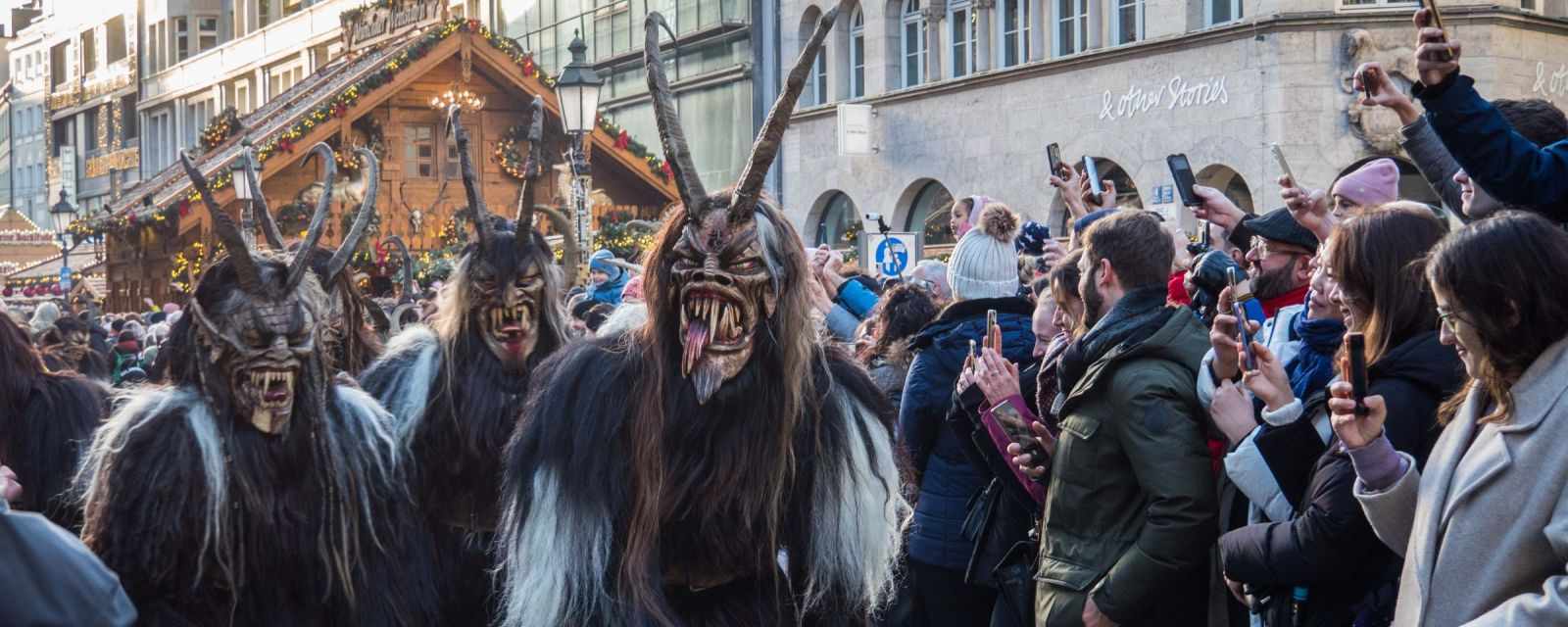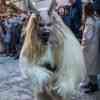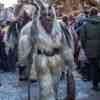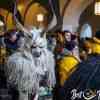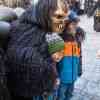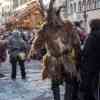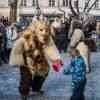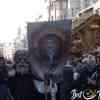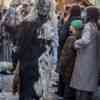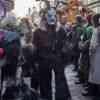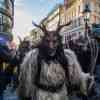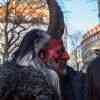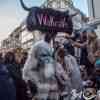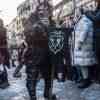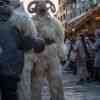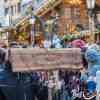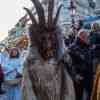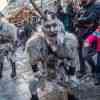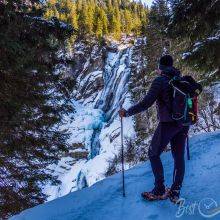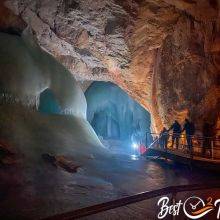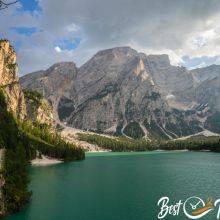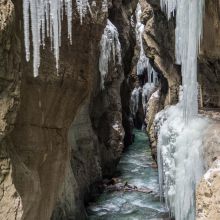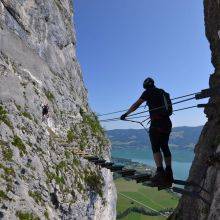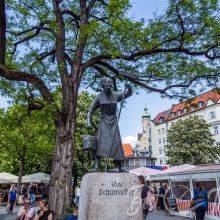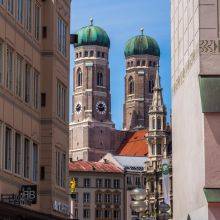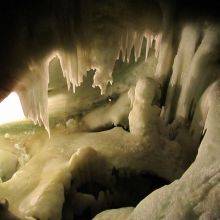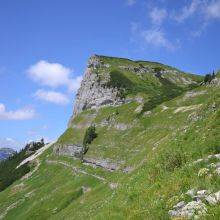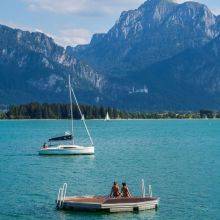When Is the Best Time
Klausentreiben, Perchten Run, or Krampus Run is an old custom practised in winter and still exists in the Alpine region of Europe. The atmosphere during such an event is exceptional. This was an outstanding Sunday afternoon in Munich, but most foreign visitors accidentally bumped into this event or left the city shortly before. There is more about this custom, and plenty of pictures below.
When does the Krampus Run start?
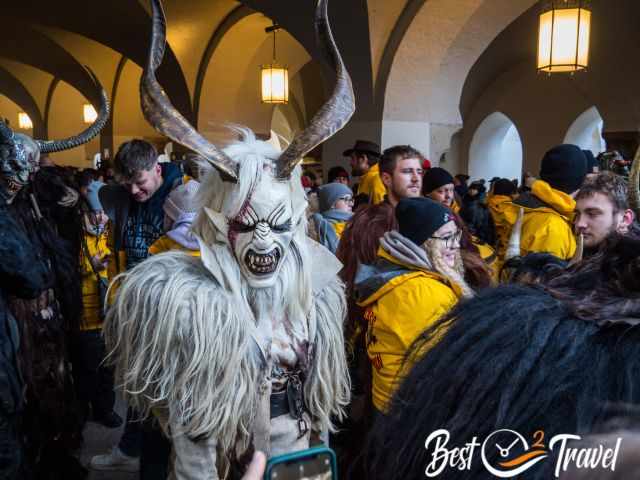
The next Krampus Run in Munich's city center will be on Sunday, December 14, 2025 from 3 to 5 pm. The Krampus Run leads from Sendlinger Straße, the main shopping street past the Rindermarkt, via Rosenthal, a street in the old town past the Kripperlmarkt at Alter Peter, the almost 800-year-old church to the Old Town Hall. It is a fantastic event combined with the Christmas Market in Munich.
You can usually experience the "Klausentreiben" from the end of October in the south of Bavaria in the Allgäu region like Sonthofen until the beginning of December around St. Nicholas' Day on December 6th in Munich, Salzburg or Klagenfurt and Carinthia and again around December 21 until January. The Perchten Run occurs in many villages, like Eisenstein in the Bavarian Forest close to the Czech border, and especially in Austria.
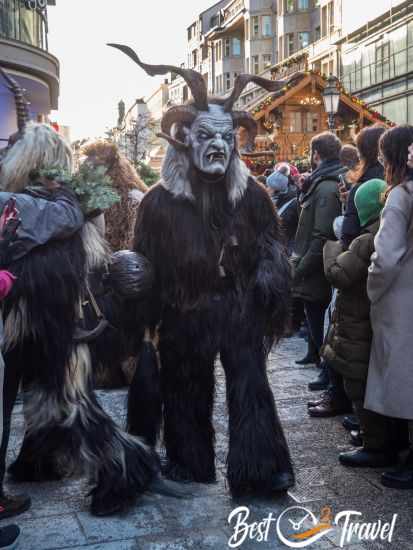
This custom exists in many countries, from southern Bavaria and Lichtenstein to Austria and Tyrol, northern Italy, the Czech Republic, and other countries. In Germany, the Krampus Run is held around the Christmas Markets, so you are able to warm up with mulled wine and other delicacies.
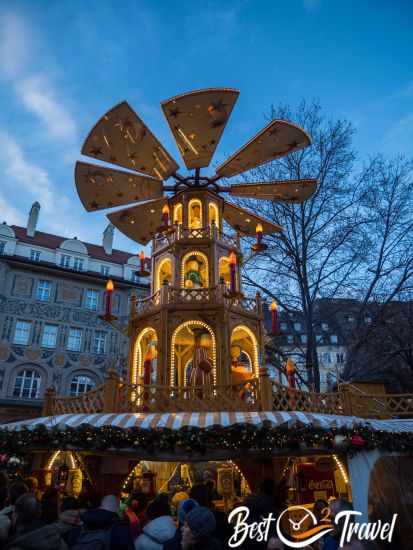
- Sonthofen - around December 6
- Oberstdorf - usually December 4 Bärbele- and 6 Klausentreiben
- Munich - around December 6, usually on a Sunday
- Austria - at least a hundred events from Nov - until January 7
- Salzburg - around December 5 and 6
- Klagenfurt - end of November
- Carinthia - Nov until mid-Dec
- Eisenstein (Bavarian Forest) at the Czech border - end of Dec
The dates given here can, of course, change annually. I just would like to give you an idea about the time.
Where does the Krampus Run come from?
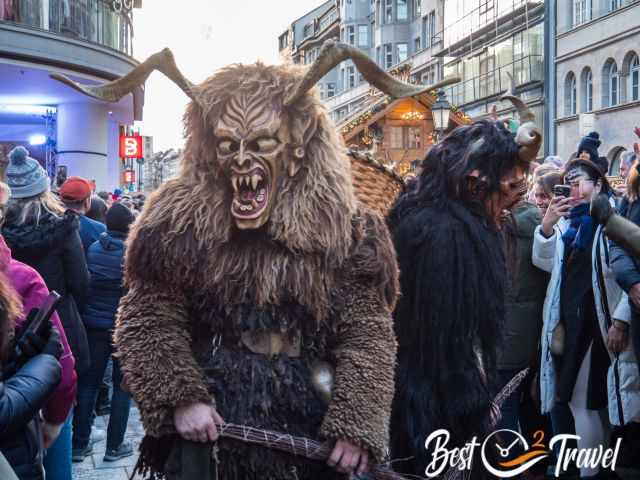
They have different names, but all have a similar purpose: to keep the dark creatures and demons at bay in the cold and dark winter. And what's the best way to banish evil spirits? With a lot of noise, so the bells and jingles on the costume are shaken vigorously.
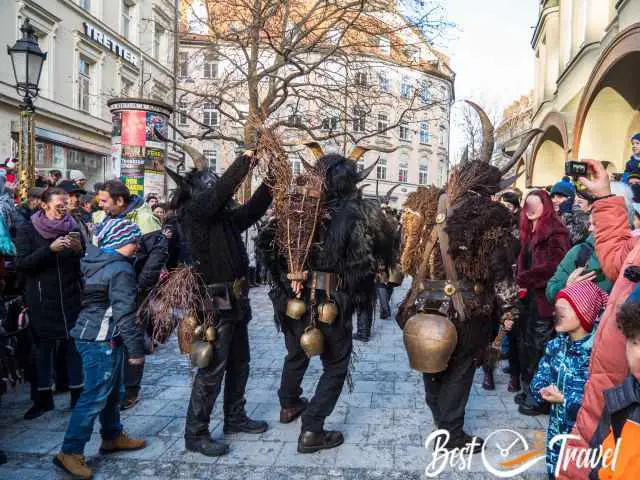
Krampus is also said to be St. Nicholas' evil counterpart who punishes naughty children. Krampus comes from Old German and means claw, often seen on the figures.
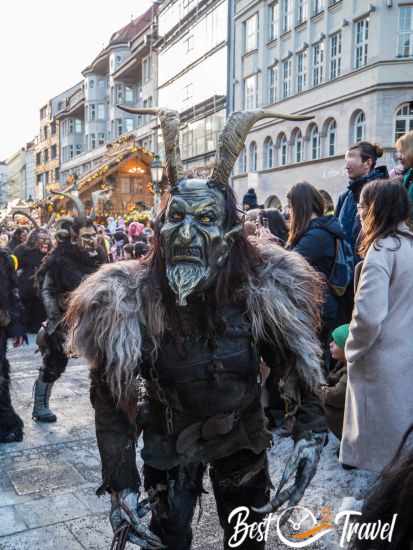
This year, we watched the long procession of the Klausen with over 300 participants through Munich's city centre in the pedestrian zone.
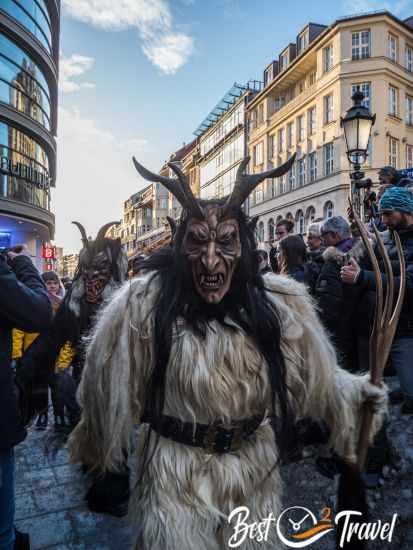
The whole custom is scary, funny, hilarious, and simply loud due to the bells and cowbells. Of course, if you stand too close to the run, you might get hit with a rod, and I can tell you this hurts.
My top hotel recommendation in the centre of Munich is Do & Co Hotel. Modern, extremely central yet quiet hotel with large, very functional rooms. Very clean, great restaurants, friendly and helpful staff. It is within walking distance of most of the attractions and the underground, which means you can explore the entire city of Munich.
How much does a costume cost, and how heavy is it?
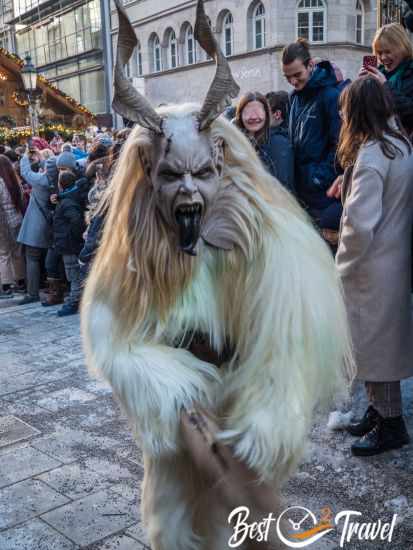
The elaborate costumes worn by the Perchten, Krampuses and Klausen often consist of sheep or goat skin, a mask, sometimes horns and a belt with bells. Today, this hobby is practised by men and women, the "Bärbele" but can be pretty expensive.
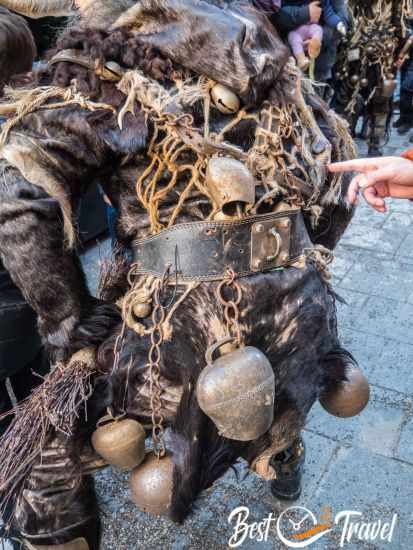
Such a costume often starts at 2,000 euros and can cost considerably more. Some of these masks and skins are heavy, especially the large bells on the belt, which can quickly add up to 10 or even 20 kg.
History of the Krampus or Perchten Run
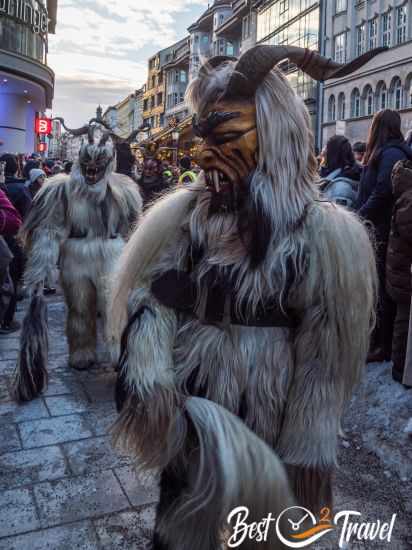
The tradition of the Klausen dates back to the Celts, well over 2500 years ago. In the Middle Ages, the "Klausen" were banned, as a demonic appearance was punished by execution. In the 17th century, the custom was again revived, and the Krampus was mentioned as the companion of St. Nicholas, often referred to as Knecht Ruprecht.
Watch our Krampus Video on YouTube and subscribe to our channel. Thx 👍
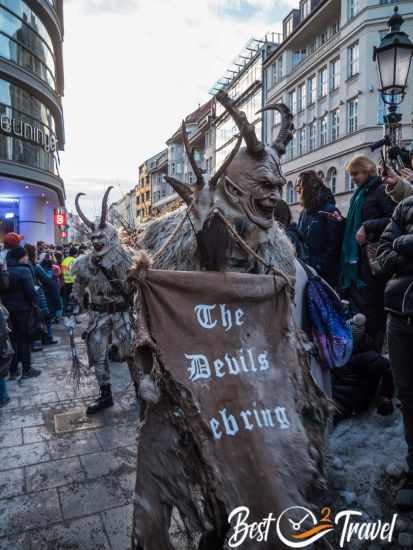
Best Months to Visit
Location and Tips

The Krampus Run or Krampuslauf in German has different names depending on the region, but all these events are outstanding and unique. They are held in different areas of the Alps in Europe, and I will give you an idea of how funny, scary, and thrilling it is to watch this spectacle at least once in the winter. I added plenty of pictures to give you an idea of what to expect.
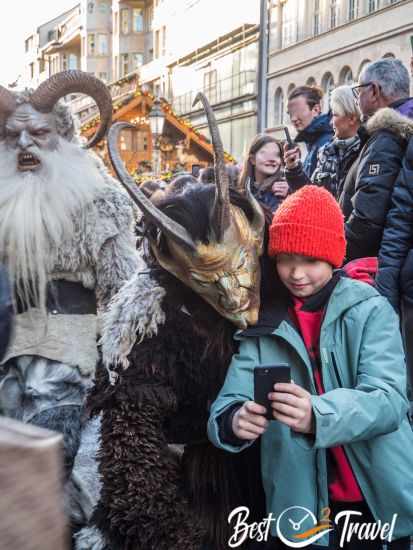
Sometimes, there is negative publicity about the Krampus Run or Klausentreiben that the participants would scare children. From my own experience, I can not agree, the Krampus participants were super kind to the children and let them take plenty of selfies. All the kids around us enjoyed the event and had a blast.
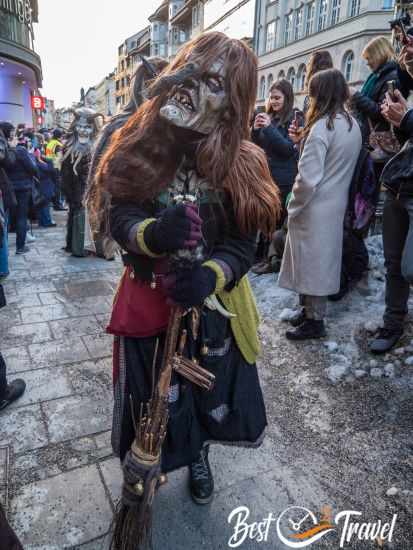
I would like to thank all the Klausen and Bärbele for this excellent event in Munich. It was so much fun to watch and scary in the beginning. Thanks for this unique afternoon.
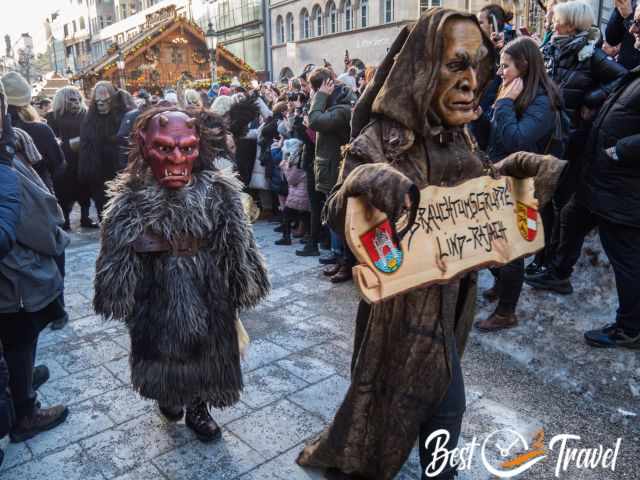
I took all these pictures and most of the footage. If you want to use any of my photos, contact me, but I will take action against picture theft.
